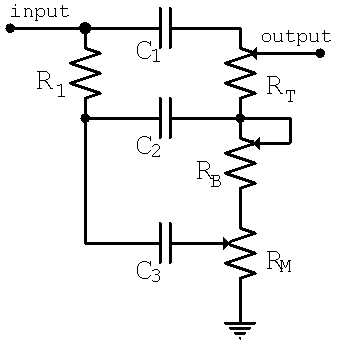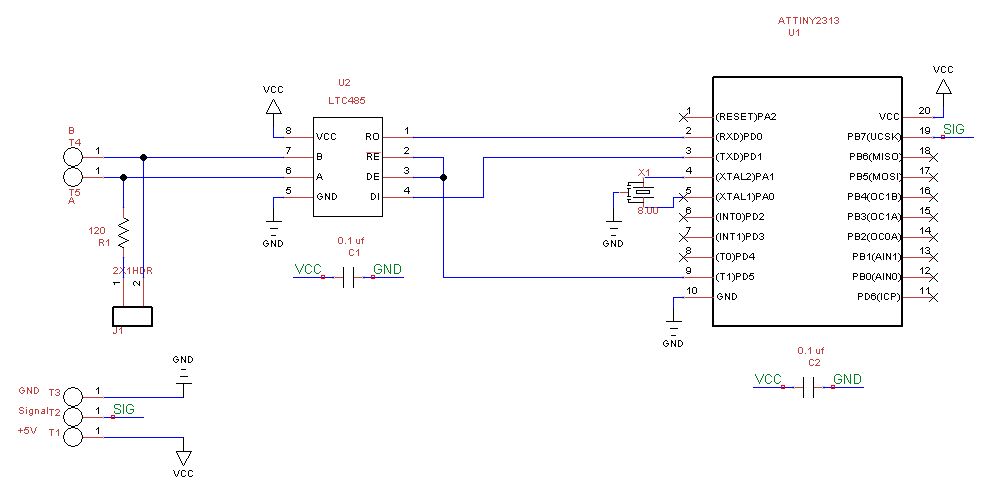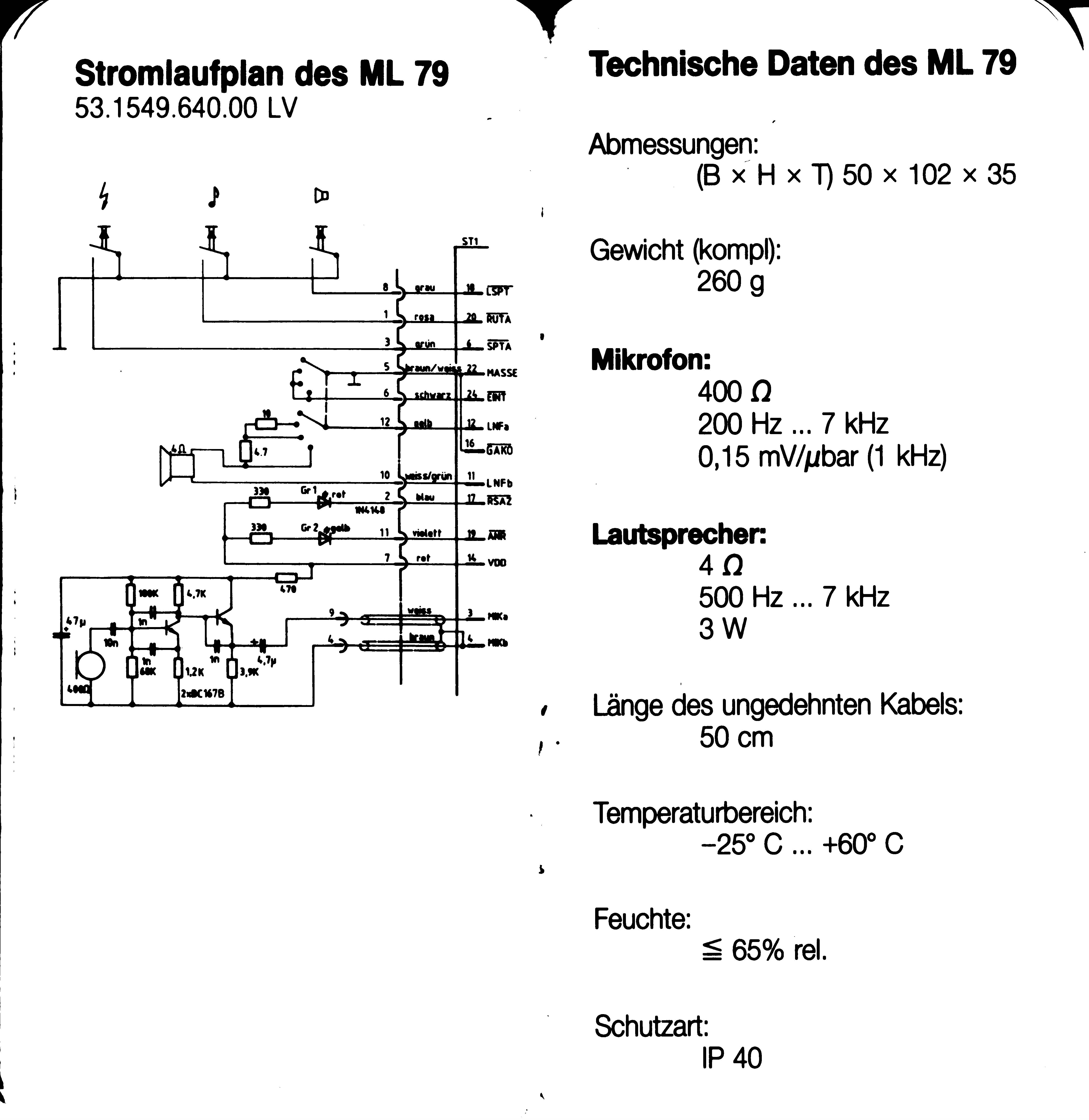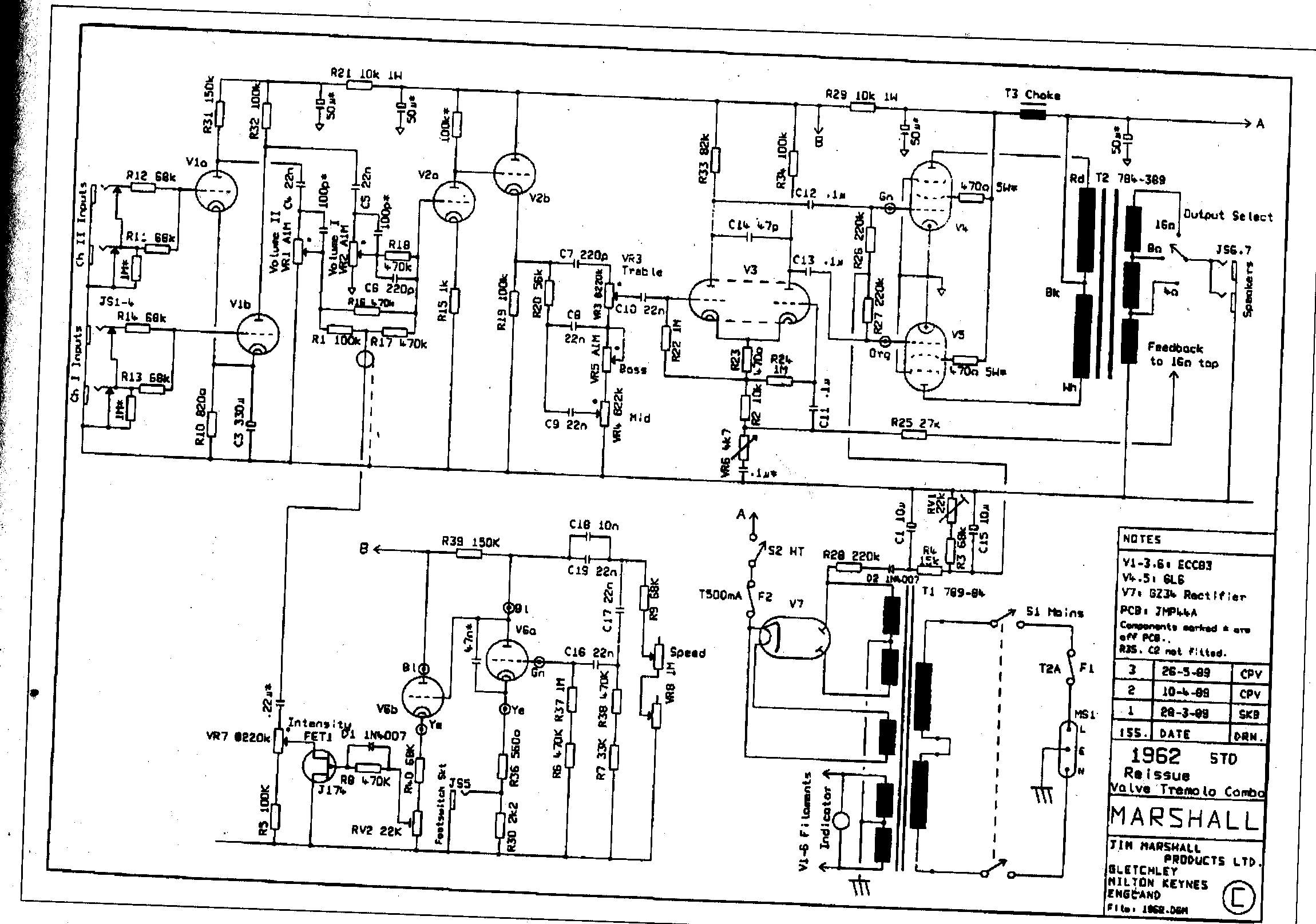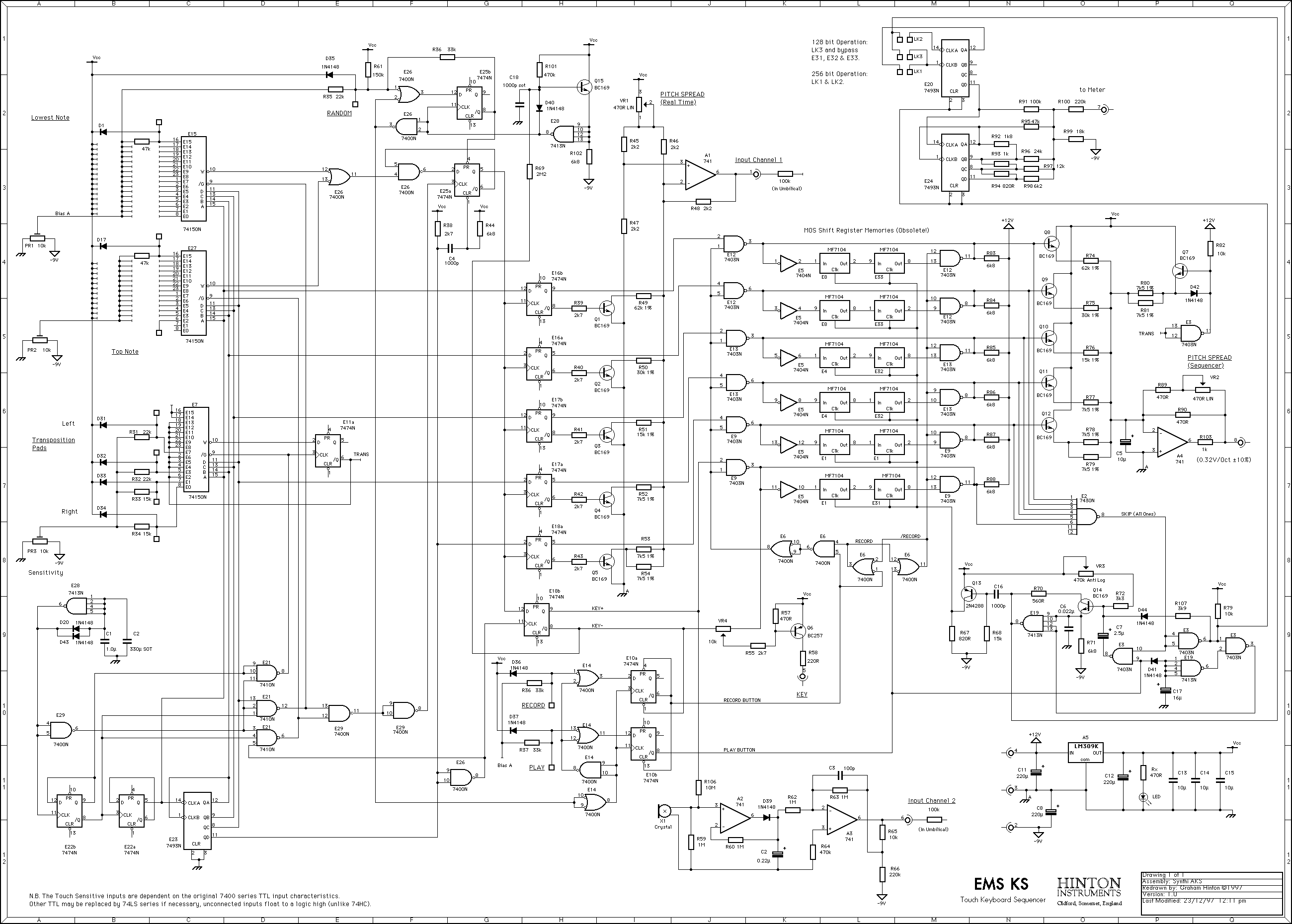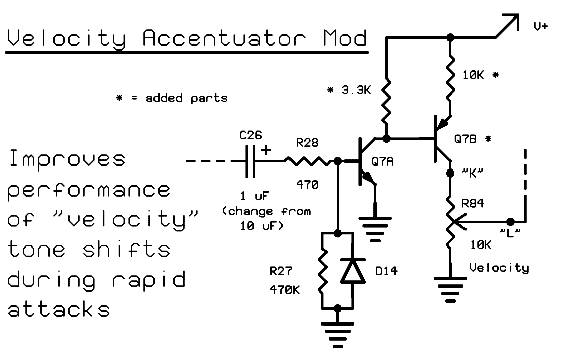
Bassman Modifications
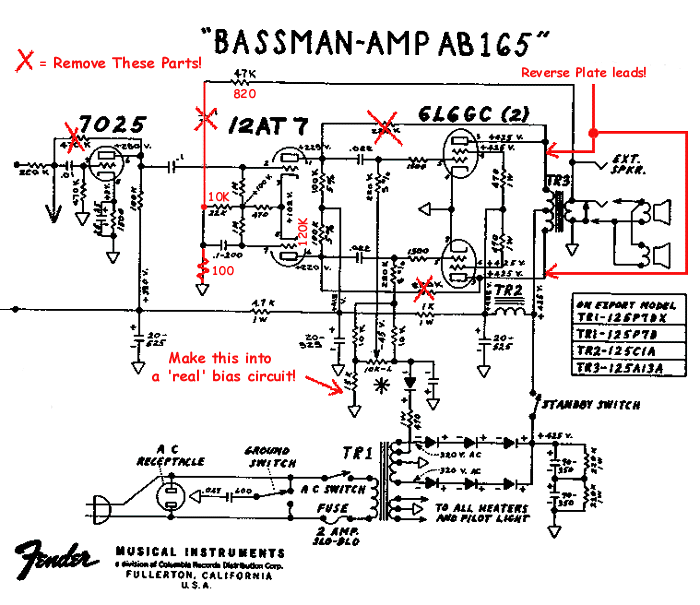
Upgrading to a 3-prong AC cord is a common modification, as is the replacement of filter capacitors. Switching coupling capacitors to brands like Orange Drops or other boutique options is also popular, often enhancing the appeal in online auctions. Additional modifications, such as adding a 'Soul Control' to the back of the chassis, depend on current trends within the vintage audio community. The effectiveness of these modifications can vary significantly. A chart detailing the various Bassman circuits currently available will be provided. Identifying the specific circuit type often requires removing the chassis, as the tube chart inside the amplifier can serve as an indicator but is not always reliable. For instance, it was common to use 6G6A charts even when the actual circuit was a 6G6B. Many AB165 Bassman heads, including those personally owned, may display the AA165 tube chart. While websites may provide detailed dating of Bassman heads based on external features, few explain how to accurately determine the internal circuit. This complexity arises from the lack of straightforward identification methods. Basic guidelines exist, but further investigation is necessary to ascertain the amplifier's suitability for specific applications. Notably, starting around 1977, output power for many Bassman heads increased from approximately 40 watts RMS to about 60 watts RMS, necessitating changes in transformers, power supplies, and filtering circuits, although they may still be referred to as AB165. The accompanying chart, while not definitive or exhaustive, remains a useful reference. The AA864 is considered by some as the most favorable Bassman head due to the minimal modifications required for optimal performance. Conversely, the AA371 is viewed as the least desirable. The AB165 is the most prevalent model, having been produced for nearly twenty years, but it is generally regarded as suboptimal for guitar players. The 6G6 series, known for its attractive blonde vinyl covering, is highly collectible and is the only Bassman head to include a Presence control. Opinions on the various Bassman circuits suggest that many classic Bassman derivatives and contemporary boutique amplifiers are based on the 5F6 circuitry, whereas few replicate the AB165 circuit exactly. A closer examination of the internal circuitry of these Bassman heads will reveal potential shortcomings for modern players and suggest possible enhancements. It is recommended to keep old components in a small zip-lock bag for replacement prior to resale. The input of the 6G6A, as indicated by the partial schematic, suggests that a significant amount of gain remains untapped; the DC coupled cathode-follower exhibits a gain factor of less than 1. This DC coupling is intended to maintain phase integrity.
The Bassman amplifier series has evolved significantly over the decades, reflecting changes in design philosophy and component technology. The transition to a 3-prong AC cord enhances safety by reducing the risk of electrical shock and grounding issues, making it a prudent upgrade for vintage amplifiers. Replacing filter capacitors is essential for maintaining the amplifier’s performance, as aging components can lead to increased noise and reduced reliability. The use of high-quality coupling capacitors, such as those from boutique brands, can improve tonal characteristics, contributing to a richer sound profile that is often sought after by musicians.
The identification of specific Bassman circuits requires careful analysis, as variations exist even within models that share similar external appearances. The internal circuitry is critical for understanding the amplifier's performance capabilities. For example, the AB165 model, while common, may not meet the tonal preferences of modern players due to its design limitations. In contrast, the AA864 model is favored for its straightforward modifications that yield significant improvements in sound quality.
The presence of a Presence control in the 6G6 series amplifiers allows for greater tonal shaping, making them particularly appealing to collectors and musicians alike. The vintage audio community often values these features, leading to a market where certain models can command higher prices based on their desirability and perceived performance.
In summary, the Bassman series represents a rich history of amplifier design, with various modifications and circuit configurations influencing their functionality and appeal. Understanding these nuances is crucial for any technician or enthusiast looking to restore or modify these iconic amplifiers for contemporary use.Changing to a 3-prong AC cord is pretty much an expected upgrade or mod, as is replacing the filter capacitors. Changing the coupling capacitors to Orange Drops or some other boutique brand is also accepted, and often adds to the hyperbole in eBay auctions.
Anything else (i. e adding a `Soul Control` to the back of the chassis) is open to the whims and fads as set out by the vintage community. Your mileage may definitely vary. ere we`ll have a little chart with the various Bassman circuits to be found today. There is no real `trick` in determining which circuit you have without taking the chassis out. The tube chart seen inside the `box` is a good indicator, but not 100% accurate. It was common to `use up` 6G6A charts, as an example, even if the circuit inside was a 6G6B. I have worked on many AB165 Bassman heads (and personally own one) that `feature` the AA165 tube chart. Most web sites will have us dating our Bassman head to the hour it came off of the assembly line from external appearances, but few explain how to determine the internal circuit.
This is probably because there is no easy way to tell. These are just basic guidelines, and we`ll need to dig deeper to find out what we really have, and if it will suit our purposes. Keep this in mind as well; starting about 1977, output power was increased on many Bassman heads from about 40-watts RMS to about 60-watts RMS.
This means transformers, power supplies, and filtering circuits will change, yet it can still be referred to as `AB165` (as an example). The chart above, although neither authoritative nor complete, is still helpful and interesting. For my money, the `best` Bassman head would have to be the AA864. This would give the least amount of `work` involved in order to have a very good guitar amplifier. The `worst` candidate I`ll vote for the AA371. The most common seems to be the AB165 (they were issued for almost twenty years), and these are not great for guitar players, as we`ll see in a minute.
The `6G6` series tends to come in a lovely `Blonde` vinyl, and are highly collectible. These are also the only Bassman `heads` to feature a `Presence` control. You can think about all of these opinions on various Bassman circuits this way; many classic Bassman derivatives and today`s boutique amplifiers all follow the 5F6 circuitry, whilst none I can name follow the AB165 circuit verbatim. Now we`ll look at a few close-ups inside the circuitry of these Bassman heads, and find out why they may not be good for today`s players, and what we can do to `improve` them.
I`ll remind you again, keep the `old` parts in a little `Zip-Loc` baggie. You must replace them before putting the amplifier up for resale. First up is the input of the 6G6A. From the partial schematic above we may deduce that there is a lot of gain not being utilized. We`d be correct; the DC coupled cathode-follower actually has a gain factor of less than `1`. The DC coupling is done to keep the phas 🔗 External reference
The Bassman amplifier series has evolved significantly over the decades, reflecting changes in design philosophy and component technology. The transition to a 3-prong AC cord enhances safety by reducing the risk of electrical shock and grounding issues, making it a prudent upgrade for vintage amplifiers. Replacing filter capacitors is essential for maintaining the amplifier’s performance, as aging components can lead to increased noise and reduced reliability. The use of high-quality coupling capacitors, such as those from boutique brands, can improve tonal characteristics, contributing to a richer sound profile that is often sought after by musicians.
The identification of specific Bassman circuits requires careful analysis, as variations exist even within models that share similar external appearances. The internal circuitry is critical for understanding the amplifier's performance capabilities. For example, the AB165 model, while common, may not meet the tonal preferences of modern players due to its design limitations. In contrast, the AA864 model is favored for its straightforward modifications that yield significant improvements in sound quality.
The presence of a Presence control in the 6G6 series amplifiers allows for greater tonal shaping, making them particularly appealing to collectors and musicians alike. The vintage audio community often values these features, leading to a market where certain models can command higher prices based on their desirability and perceived performance.
In summary, the Bassman series represents a rich history of amplifier design, with various modifications and circuit configurations influencing their functionality and appeal. Understanding these nuances is crucial for any technician or enthusiast looking to restore or modify these iconic amplifiers for contemporary use.Changing to a 3-prong AC cord is pretty much an expected upgrade or mod, as is replacing the filter capacitors. Changing the coupling capacitors to Orange Drops or some other boutique brand is also accepted, and often adds to the hyperbole in eBay auctions.
Anything else (i. e adding a `Soul Control` to the back of the chassis) is open to the whims and fads as set out by the vintage community. Your mileage may definitely vary. ere we`ll have a little chart with the various Bassman circuits to be found today. There is no real `trick` in determining which circuit you have without taking the chassis out. The tube chart seen inside the `box` is a good indicator, but not 100% accurate. It was common to `use up` 6G6A charts, as an example, even if the circuit inside was a 6G6B. I have worked on many AB165 Bassman heads (and personally own one) that `feature` the AA165 tube chart. Most web sites will have us dating our Bassman head to the hour it came off of the assembly line from external appearances, but few explain how to determine the internal circuit.
This is probably because there is no easy way to tell. These are just basic guidelines, and we`ll need to dig deeper to find out what we really have, and if it will suit our purposes. Keep this in mind as well; starting about 1977, output power was increased on many Bassman heads from about 40-watts RMS to about 60-watts RMS.
This means transformers, power supplies, and filtering circuits will change, yet it can still be referred to as `AB165` (as an example). The chart above, although neither authoritative nor complete, is still helpful and interesting. For my money, the `best` Bassman head would have to be the AA864. This would give the least amount of `work` involved in order to have a very good guitar amplifier. The `worst` candidate I`ll vote for the AA371. The most common seems to be the AB165 (they were issued for almost twenty years), and these are not great for guitar players, as we`ll see in a minute.
The `6G6` series tends to come in a lovely `Blonde` vinyl, and are highly collectible. These are also the only Bassman `heads` to feature a `Presence` control. You can think about all of these opinions on various Bassman circuits this way; many classic Bassman derivatives and today`s boutique amplifiers all follow the 5F6 circuitry, whilst none I can name follow the AB165 circuit verbatim. Now we`ll look at a few close-ups inside the circuitry of these Bassman heads, and find out why they may not be good for today`s players, and what we can do to `improve` them.
I`ll remind you again, keep the `old` parts in a little `Zip-Loc` baggie. You must replace them before putting the amplifier up for resale. First up is the input of the 6G6A. From the partial schematic above we may deduce that there is a lot of gain not being utilized. We`d be correct; the DC coupled cathode-follower actually has a gain factor of less than `1`. The DC coupling is done to keep the phas 🔗 External reference
